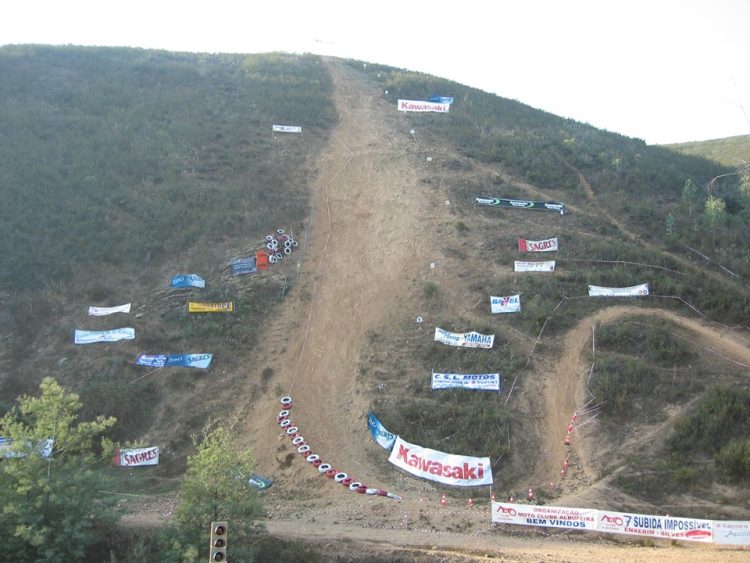For over 100 years, the residents of Philadelphia have worked hard to keep the 200 block of Camac Street in great shape. It might seem odd to spend that much effort on a single street, but the place is maintained for historic reasons – it is the only street in the city still paved with wooden blocks!
Camac Street is one of the few remnants of the old-style Nicolson pavements that still exist in some cities across the US. While wood block pavement is believed to have originated in Russia, the construction technique was made popular in the mid-1800s by Samuel Nicolson, the superintendent of Boston and Roxbury Mill Corporation.
Nicolson is believed to have revived the wood-paving process in order to solve several problems posed by early paving methods. At the time, wood was viewed as a better alternative to the irregularly surfaced cobblestone streets. Wood was also abundant, while stone was scarce. And horse-traffic made less noise on wood-surfaced streets.
Photo: Endendros/Tumblr
While the wood block pavement solved a few problems, the technique did not prove to be very durable. The roads turned slippery when when wet or icy. They also had a tendency to decay and heave due to moisture seeping between the blocks. And when the roads absorbed horse urine, they would smell. The first wooden road is said to have lasted only seven years before requiring serious repairs.
Of the many wood block pavements that were laid Philadelphia in the 19th century, Camac Street is the only one still around today. The original street was in terrible shape until the 1990s. Local officials made a plan to replace the entire street in 1997, but they had no idea where to source wooden paving blocks from. After several delays, the project finally took off when a nearby mill agreed to produce wood blocks that were hard enough to resist weather and constant wear-and-tear. So the wood-paved Camac Street that you see today is not the original, but a cleverly made modern replica.
Photo: Curator of Sh*t
Among the other remnants of the Nicolson pavements is Roslyn Place in Pittsburgh, also completely paved in wooden blocks. At least three alleys in Chicago, Illinois still retain the use of wood block pavement but some are in states of disrepair.
Hessler Court in Cleveland, Ohio, known for its Hessler Street Fair, also maintains its Nicolson Pavement for historic reasons. The short street stretches from the bricked Hessler Road to the asphalt Bellflower Avenue in the University Circle area of Cleveland.
Photo: Philadelphia Heights
“The presence of the wooden streets allows us to sustain our landmark status and to make us eligible for participation in National Historic Registry activities,” said Pitter Pratt, a resident of Hessler Court. along with her husband Patrick Pratt. The Pratts are fondly referred to as the ‘mayors of wooden street’ because of their love for it.
With each wood block about the size of a traditional brick used for street paving, the grains of wood on Hessler Court are visible to the naked eye. For residents, the main advantage is that cars make almost no noise when they drive by.
Photo: Larry Beam
Hessler Court has been around for generations, and it shows no signs of fading away. “People come here to visit 50 years after they’ve left their residence and they walk down the street and say uniformly, ‘I don’t believe it’s still here,’” said Pratt. Many savor the feeling of wood beneath their feet so much that they remove their footwear just to experience the wooden grain.










